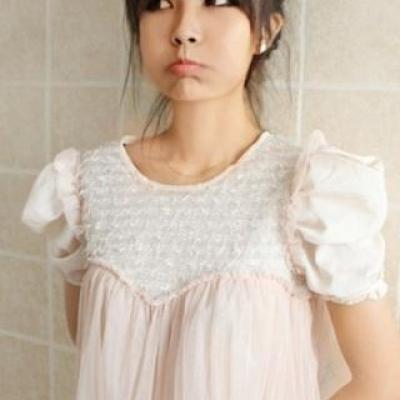Forums » News and Announcements
Definitions for the Clothing & fabric Industry
-
Metallic fibers are manufactured fibers composed of metal, metallic alloys, plastic-coated metal, metal-coated plastic, or a core completely covered by metal. Having their origin in textile and clothing applications, gold and silver fibers have been used since ancient times as yarns for fabric decoration. More recently, aluminum yarns, aluminized plastic yarns, and aluminized nylon yarns have replaced gold and silver. Metal fibers exists in different forms and diameters. Metallic fibers exists in both long, continuous fibers as well as short fibers (with a length/diameter ratio of less than 100).To get more news about metallic fabric cloth, you can visit mesh-fabrics official website.
A bundle of endless stainless steel fibers can be converted to yarns by textile spinning processes. There are two forms of yarn: one with a low amount of fibers and one with a high amount of fibers. The former, with a number of filaments of around 275, can be converted into a filament yarn by adding twist to the bundle. Bundles with several thousands of fibers are typically used to convert fibers into spun yarn. That can be done by stretch breaking and subsequent traditional yarn spinning technologies. This results in 100% metal yarns. During the spinning process, tows can be blended and blended yarns can also be produced. Blends with cotton, polyester and wool are possible. Subsequently, metal yarns can be further converted into various textile products using textile processes. Knitting (circular, flat, warp) and weaving are possible, as well as braiding. Blended textile products can be obtained by combining metal yarns with other yarns, or by using yarns that have two kinds of fibers inside and hence are already blends by themselves.
The Lurex Company has manufactured metallic fibers in Europe for over fifty years. They produce a wide variety of metallic fiber products including fibers used in apparel fabric, embroidery, braids, knitting, military regalia, trimmings, ropes, cords, and lace surface decoration. The majority of Lurex fibers have a polyamide film covering the metal strand but polyester and viscose are also used.
